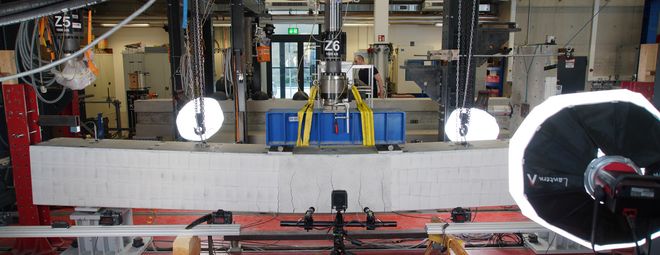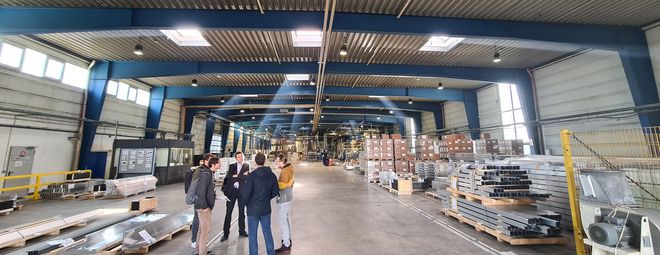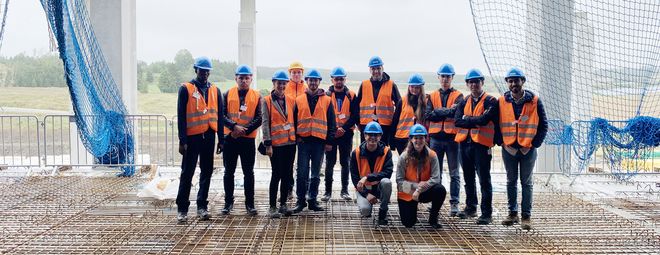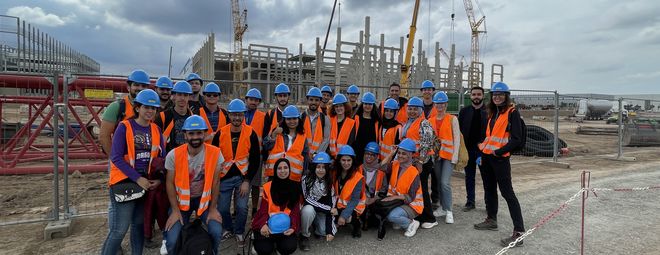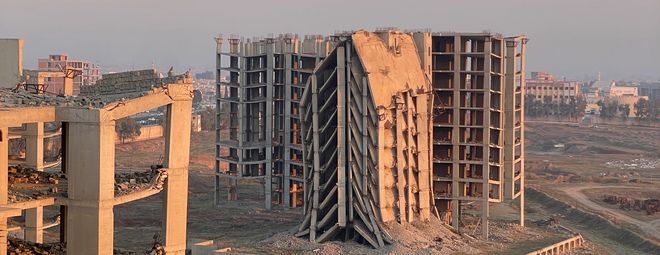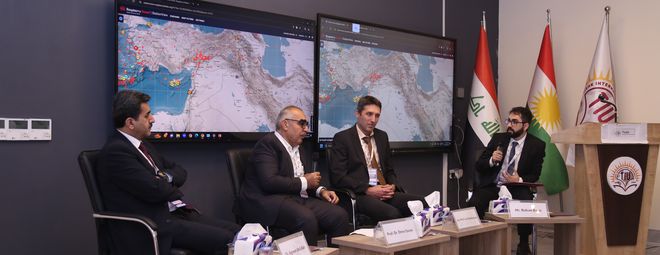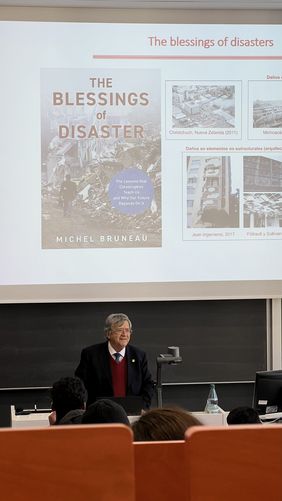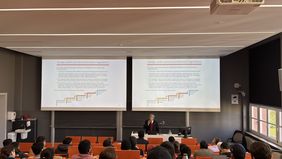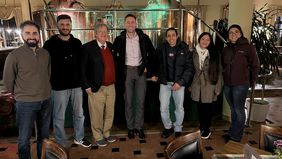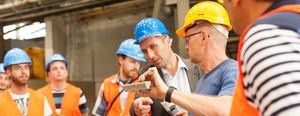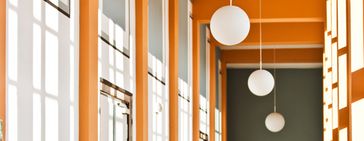Dr. Ayala Milián comes to us with an exemplary academic and professional background. Originally from Mexico City, he earned his civil engineering degree from Universidad Nacional Autónoma de México (UNAM), followed by a Master in Structural Engineering. He completed his PhD in Engineering at the University of Southampton in the UK, and holds further specialised credentials such as a Diploma in Wind-Design from the Von Kármán Institute for Fluid Dynamics in Belgium. For nearly five decades, Dr. Ayala has been at the forefront of numerical methods applied to soil mechanics, structural engineering, wind and seismic engineering. At UNAM's Institute of Engineering, he has served as Professor-Researcher since 1974, played leading roles in structural dynamics and applied mechanics, and has guided many generations of masters and doctoral students.
In his talk, Dr. Ayala explored how modern structural design must account not only for strength, but for resilience; how a building or infrastructure can withstand, recover from, and adapt to seismic events. He detailed advanced analysis techniques, multi-level seismic design procedures based on displacement/energy criteria, and the role of irregular structures in influencing seismic performance. He also emphasised practical applications: how his research findings translate into design guidelines and what engineers must consider when designing for seismic resilience in real‐world contexts.
For the students of Natural Hazards and Risks in Structural Engineering, Dr Ayala’s lecture delivers several key take-aways:
Understanding of how numerical simulation and advanced methods inform seismic design beyond classical approaches.
Insight into how displacement‐based seismic design frameworks work, especially for reinforced concrete frame structures under seismic loading.
Appreciation of the importance of addressing irregular structural forms and how their modal shapes evolve under seismic excitation.
Connect theoretical knowledge to real-world engineering practice in seismic zones; both for new constructions and for retrofitting existing buildings.
We extend our sincerest thanks to Dr. Ayala for his time and sharing his expertise with us today.

